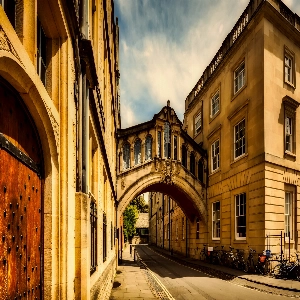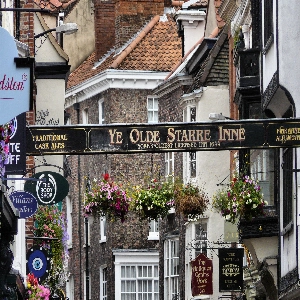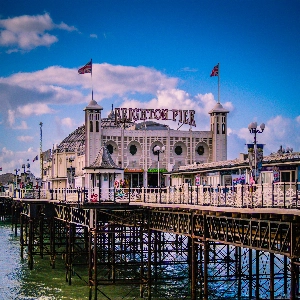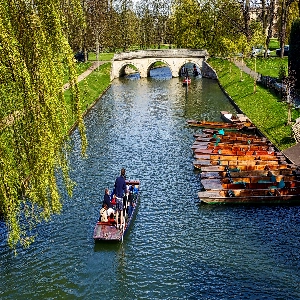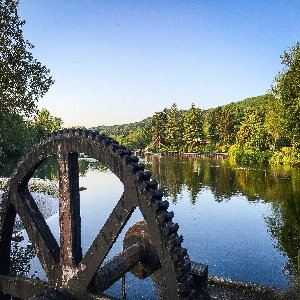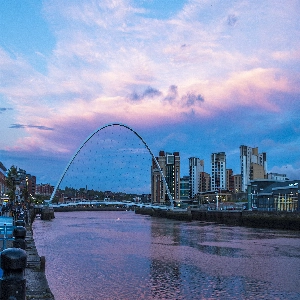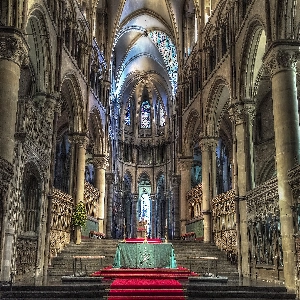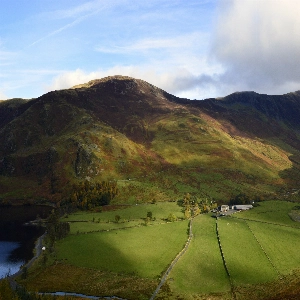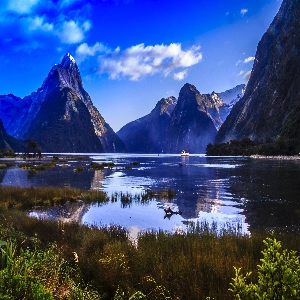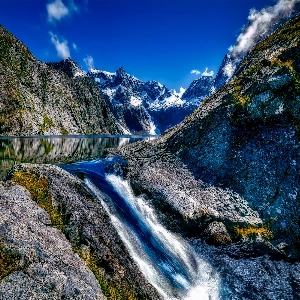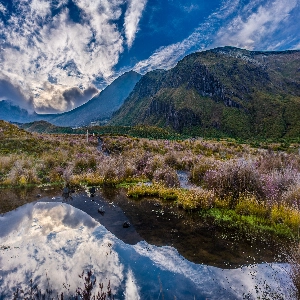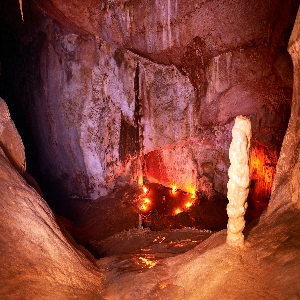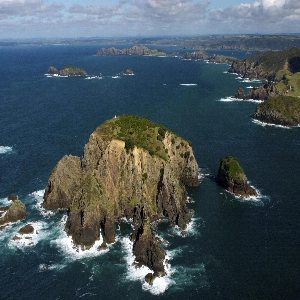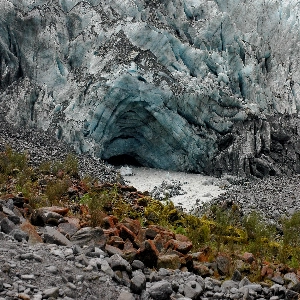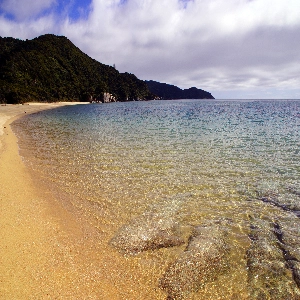Doubtful Sound

Introduction to Doubtful Sound
Doubtful Sound, located in the remote southwest region of New Zealand's South Island, is a vast and enigmatic wonderland of breathtaking landscapes, incredible wildlife, and deep, tranquil waters. This hidden gem is a part of Fiordland National Park, a UNESCO World Heritage site, and is surrounded by lush, untouched forests, towering mountain peaks, and imposing cliffs. Often referred to as "the Sound of Silence," Doubtful Sound offers an unparalleled sense of solitude, tranquility, and natural beauty. In this article, we will take you on a journey through the pristine wilderness of Doubtful Sound, exploring its unique features, wildlife, and cultural significance, and sharing how you can experience this stunning location for yourself.
Geography and Formation of Doubtful Sound
Doubtful Sound, or Patea, as it is known in the Māori language, is the second-largest fiord in New Zealand's Fiordland National Park, stretching over 40 kilometers (25 miles) in length and reaching depths of up to 421 meters (1,381 feet). It was formed over tens of thousands of years by immense, carving glaciers that left behind a dramatic landscape of steep cliffs, ancient forests, and cascading waterfalls. The fiord is comprised of three main arms: Deep Cove, Hall Arm, and Crooked Arm, each of which boasts unique natural features and picturesque scenery.
Despite being larger and arguably more majestic than its more famous sibling, Milford Sound, Doubtful Sound remains relatively unknown and undisturbed by human activity. Its isolation has largely preserved its pristine environment, creating thriving habitats for plants and wildlife and making it an ideal destination for eco-tourism.
Wildlife and Natural Wonders
Doubtful Sound is home to an abundance of unique flora and fauna, many of which are endemic to New Zealand. Dense rainforests cling to towering cliffs, creating captivating views that change with every turn. Amongst the blend of podocarp and beech trees, you may find a variety of native plants, including rare orchids and the iconic New Zealand ferns.
The serene waters of the sound harbor a diverse range of marine life, including dolphins, seals, and penguins. The elusive Fiordland crested penguins frequent the area between July and November, as they come to nest and breed. Meanwhile, fur seals can be spotted lounging on rocky outcrops around the fiord or playfully swimming in the waters.
Perhaps the most exceptional marine encounter in Doubtful Sound is with the local pod of bottlenose dolphins, which are among the most southern-dwelling dolphins in the world. These magnificent creatures are known for their intelligence, grace, and curiosity, and often delight visitors with acrobatics as they swim alongside boats.
Marine and Atmospheric Phenomena
One of the most fascinating features of Doubtful Sound is the unique marine phenomenon known as the "deep-water emergence." Owing to the immense amount of rainfall that Fiordland receives each year, a thick layer of fresh water sits atop the saltwater in the fiord. This fresh water is stained dark brown by tannin leeched from the vegetation, and as it meets the saltwater, it forms a barrier that restricts light penetration. This effect creates a surreal underwater environment, allowing deep-sea species like black coral to grow just a few meters below the surface – an occurrence typically only found at depths of several hundred meters.
The moody atmosphere of Doubtful Sound is also enhanced by its rapidly changing weather conditions. Fiordland can receive over six meters (20 feet) of rainfall each year, with precipitation more common than not. But this should not deter visitors – when the rain falls, countless ephemeral waterfalls suddenly appear, cascading down the steep cliffs and creating a symphony of sound.
Cultural Significance
Doubtful Sound has been known by the Māori people for centuries and holds a special place in their history, lore, and spirituality. The Māori name for Doubtful Sound, Patea, has several interpretations, including "place of silence" or "place of many waterways." Māori tribes would travel to the area to collect greenstone (pounamu), a highly valued and sacred material that is only found in the South Island.
European explorer Captain James Cook first sighted Doubtful Sound in 1770 during his voyage to survey the southern coast of New Zealand. However, he did not enter the sound, as he was unsure whether his ship would be able to navigate back out – thus, the name "Doubtful" Sound was given. It wasn't until 1793 that the sound was finally explored by Captain William Broughton and his crew.
Exploring Doubtful Sound
Various eco-tourism companies offer guided excursions to Doubtful Sound, providing the opportunity to take in its breathtaking scenery and encounter its unique wildlife. The most popular way to explore the sound is through a day or overnight cruise, allowing you to journey deep into the heart of the fiord and appreciate its grandeur. Cruise activities often include kayaking, swimming with dolphins, and exploring the shoreline by small boat.
Surrounding the fiord are numerous tracks for hiking enthusiasts, including the well-trodden Wilmot Pass, boasting spectacular views of the sound and its surrounding forests. For those seeking a longer adventure, the multi-day Dusky Track winds its way across Fiordland's rugged interior, connecting to Doubtful Sound through the stunning Seaforth River Valley.
No matter how you choose to experience it, Doubtful Sound is sure to awaken a sense of awe and appreciation for the power and beauty of nature. In an increasingly noisy and bustling world, this peaceful sanctuary offers the chance to connect, reflect, and be inspired by the wonders of our planet.


